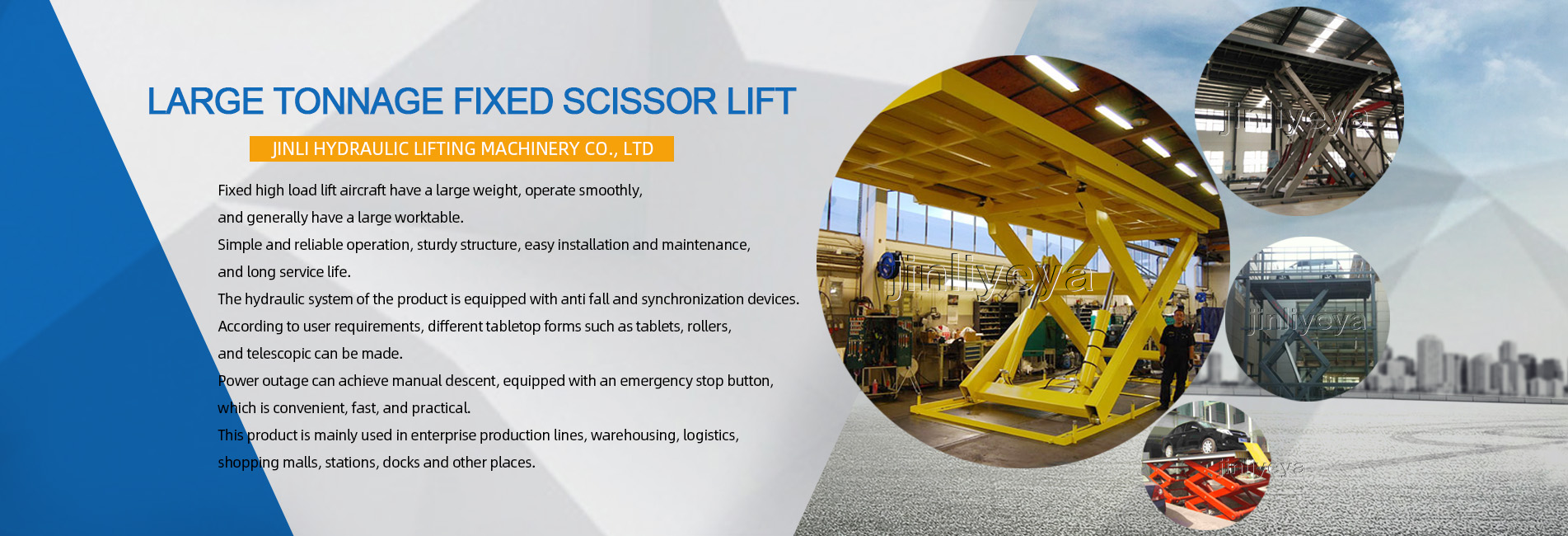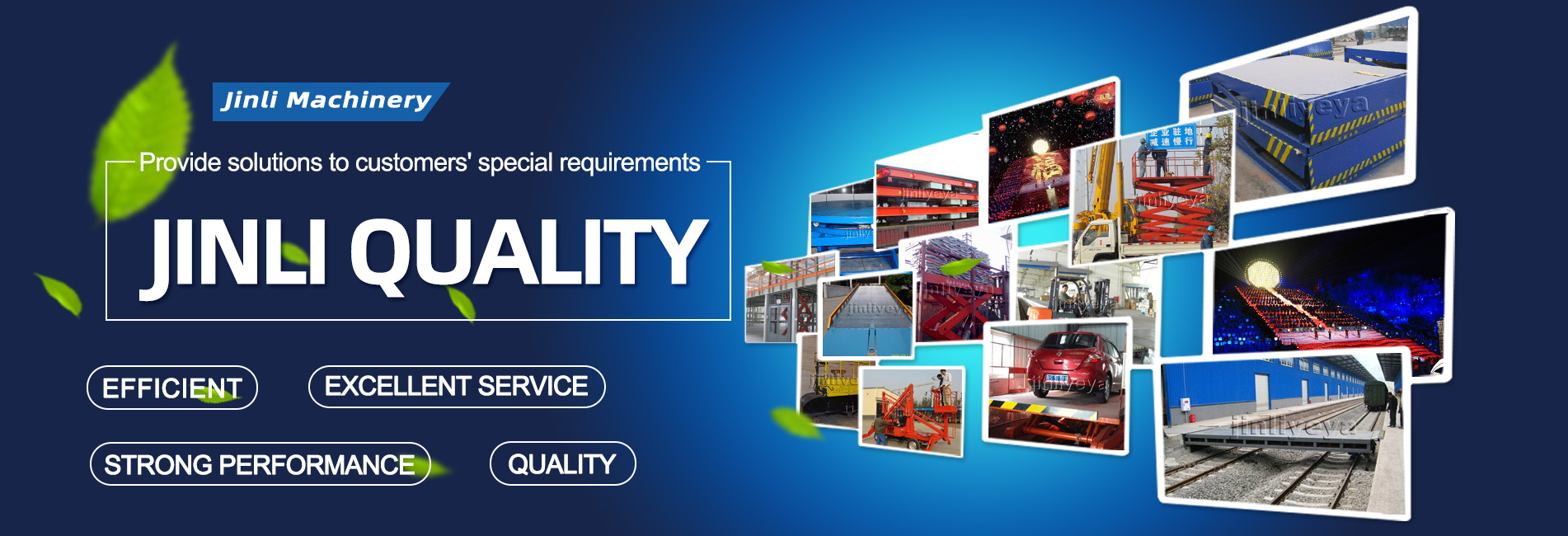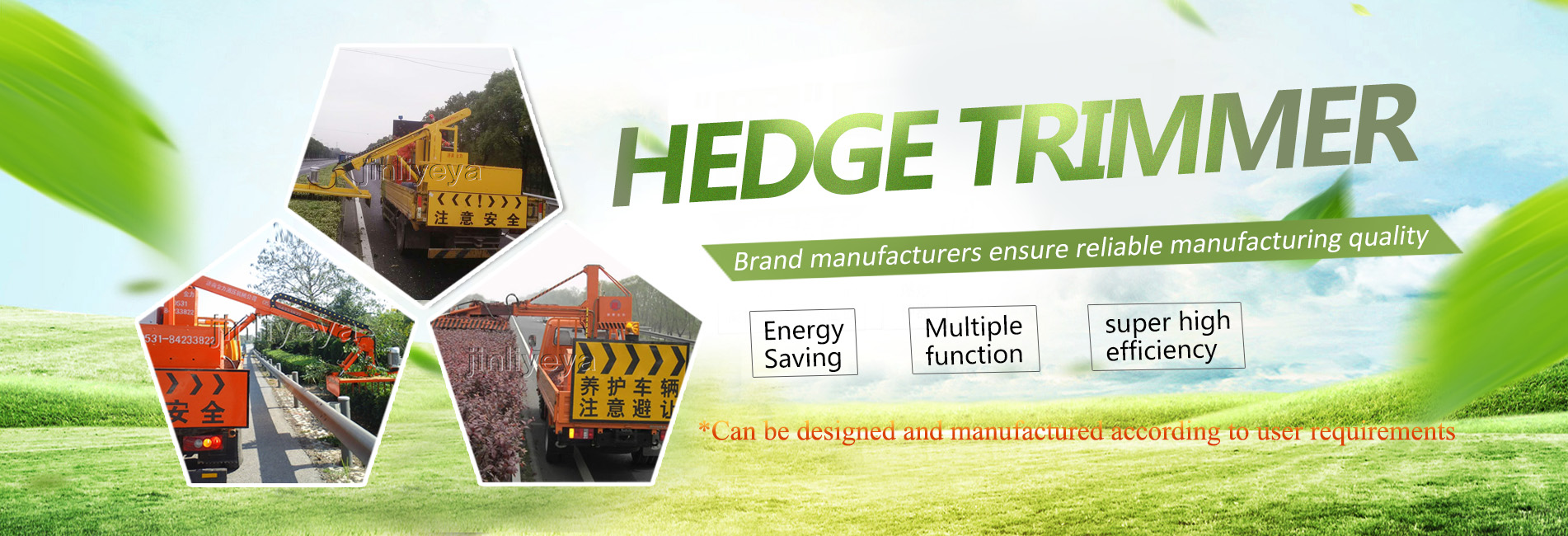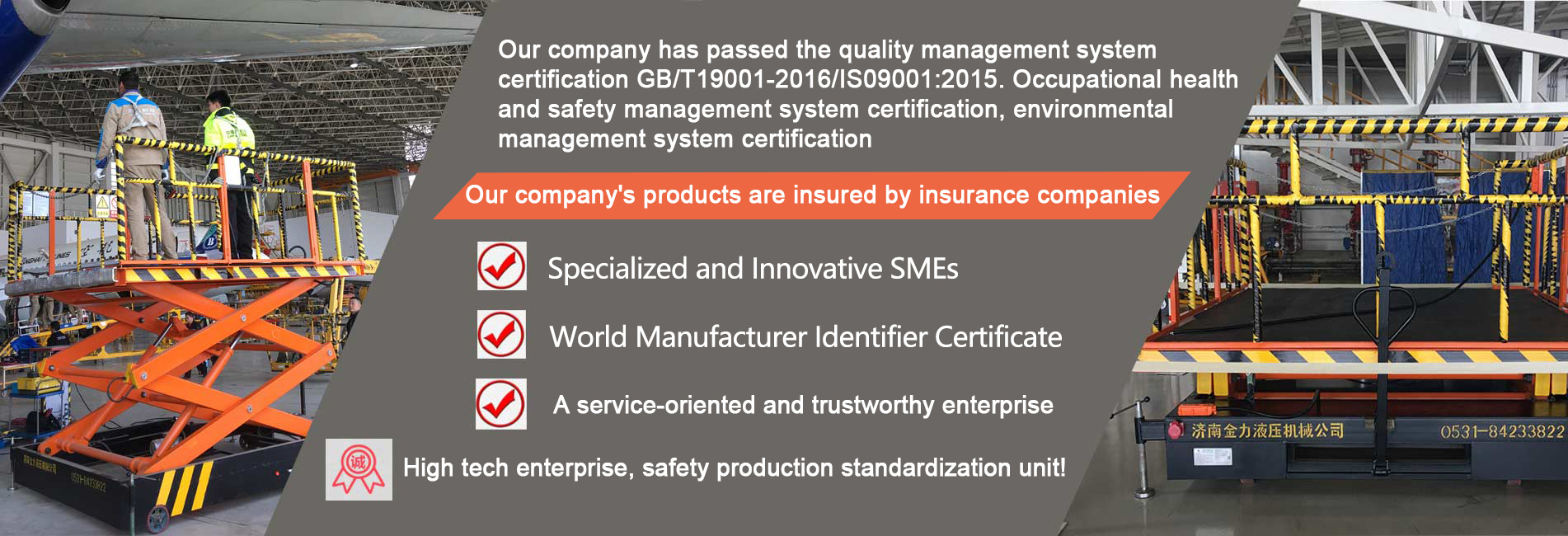
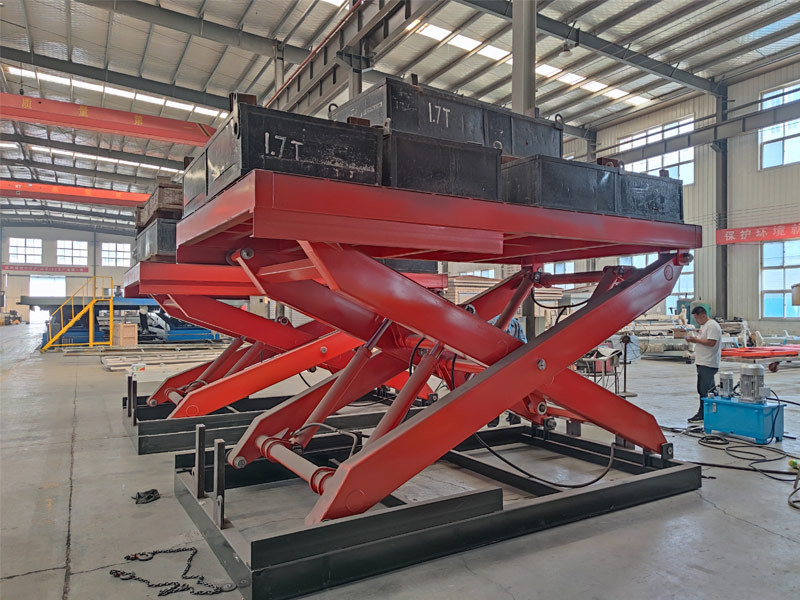
Hydraulic freight elevator is a vertical transportation equipment driven by hydraulic system, mainly used for the transportation of goods in factories, warehouses, shopping malls and other places. The design concept mainly includes the following aspects:
1. Safety: The design of hydraulic freight elevators must ensure their safety, including preventing overloading, falling, and hydraulic system failures. For this purpose, multiple safety protection devices such as speed limiters, safety clamps, and fall arresters need to be installed.
2. Stability: Hydraulic freight elevators need to maintain stability during operation, avoiding shaking and tilting. For this, it is necessary to design a reasonable structure and layout, such as using stable supports, shock absorbers, etc.
3. Energy saving: Hydraulic freight elevators require a large amount of energy consumption during operation, so it is necessary to design reasonable hydraulic and motor systems to improve energy efficiency. For example, variable frequency speed regulation technology can be used to adjust the motor speed according to the actual load situation, in order to achieve energy-saving goals.
4. Reliability: Hydraulic freight elevators require long-term stable operation, therefore reliable hydraulic and electrical systems need to be designed. For example, hydraulic and electrical components can be regularly maintained and inspected to ensure their long-term stable operation.
5. Environmental friendliness: Hydraulic freight elevators generate noise and pollution during operation, so it is necessary to design environmentally friendly hydraulic and electrical systems. For example, low-noise hydraulic pumps and motors can be used to reduce exhaust emissions and achieve environmental protection.
Overall, the design concept of hydraulic freight elevators is to comprehensively consider multiple factors such as safety, stability, energy efficiency, reliability, and environmental friendliness to ensure their long-term stable, safe, and reliable operation.


